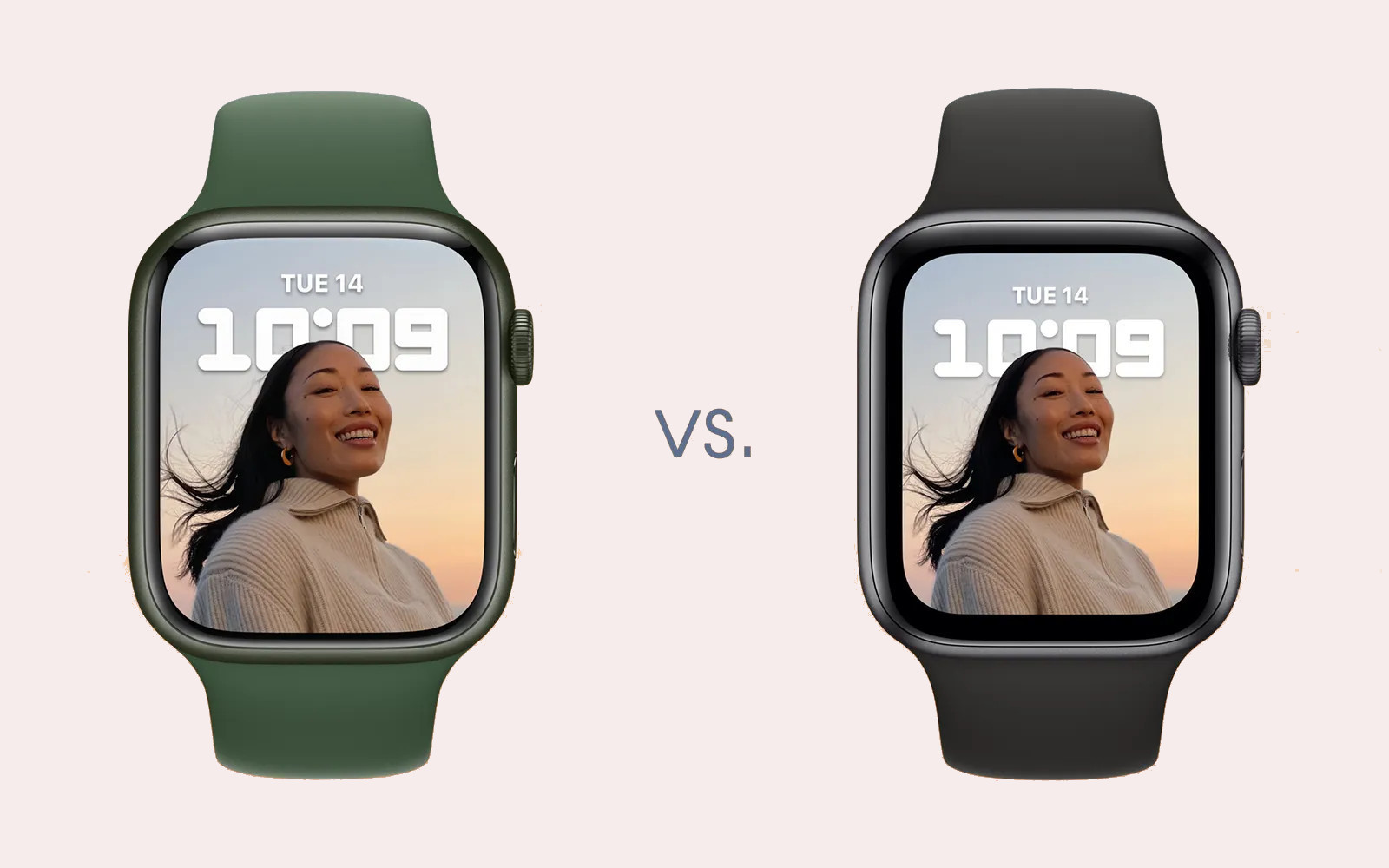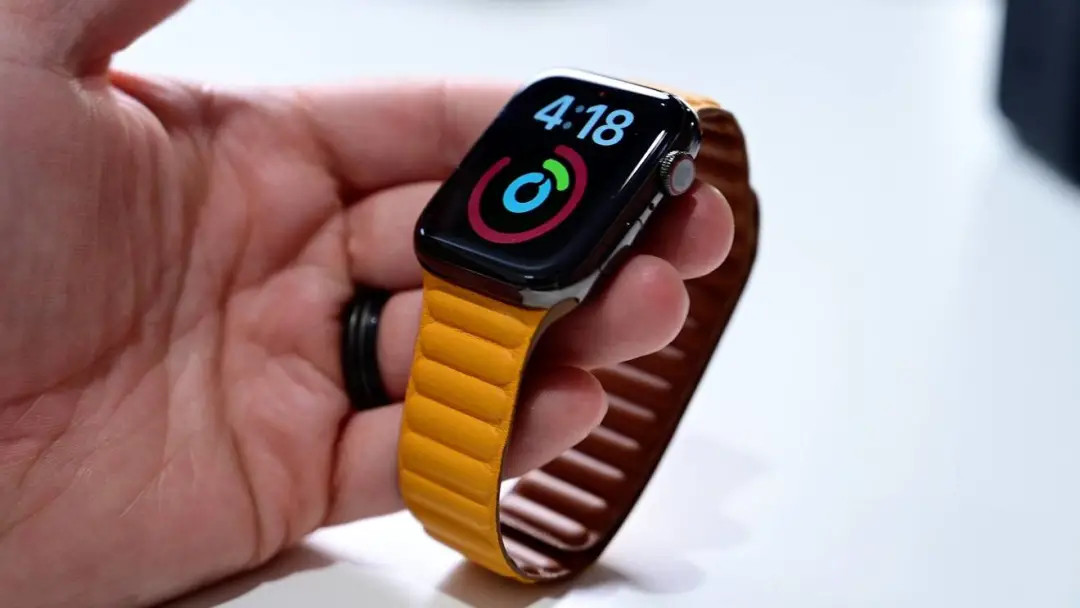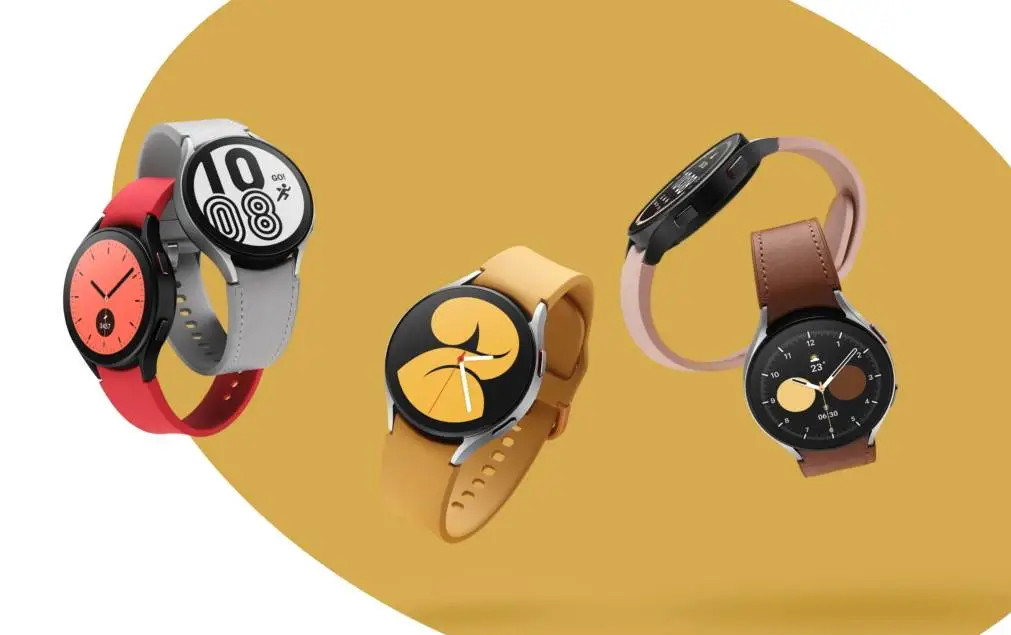
Derived from Tradition, yet Transcend Tradition
Before Apple Watch and its cohorts, the traditional watchmaking industry had already culminated in designs and experiences, with nature-derived leather straps, meticulously crafted metal bands, and even a variety of precious materials such as diamonds. They all provide decent tactile appeals and comfortable sensations.
To smartwatches, traditional watchmaking is like a sophisticated father with wealthy skills and resources to learn from.
Yet, smartwatches weren't confined within such inheritance only. They've set off a different path than traditional watchmaking industry. Therefore, the two have been on opposite sides of the fence from the very outset. It becomes an either/or option when it comes to buy a watch. A smartwatch or a traditional watch.
It is cornerstone for smartwatch to stand out from traditional watch in aspect of experience. Take Apple Watch for example, the experience is not rendered only by functionality of the watch proper, but also the band, such as by reducing the number of splices to pursue unity, and even by removing the buckle to deliver wearing more comfortable and appressed.
Apple introduced various magnetic accessories to iPad, Mac in hope that such magnetic adsorption keep the product design as integrated as possible. Without exception, Apple extend such design to watches. Look at the Milanese stainless steel strap and leather link strap. They both use magnets, except the former with a magnetized buckle, and the latter without it at all.

The leather link strap features multiple magnets embedded within the soft, quilted handcrafted leather. You simply wrap it around your wrist, skipping alignment, insertion of pin and buckle.
It is Solo Loop band that carries unity into extreme. Braided Solo Loop band, in particular, dispenses with the buckle outright, presenting a better impression by virtue of splices-free and maintaining the curved continuity as much as possible with the body of the Apple Watch. Furthermore, each Braided Solo Loop band features a stretchable design that’s ultracomfortable and easy to slip on and off your wrist with a single pull. Behind the scene, it is obviously the effort of countless ergonomic research and adjustments of process to match different sizes of wrists to avoid over tightness or excessive elasticity, which results in watch easily falling off. Apple's Vice President of Product Marketing, Stan Ng, has described the manufacturing process of this strap as following:
"Created by weaving 16,000 polyester yarn filaments around ultrathin silicone threads using advanced, precision-braiding machinery, then laser cutting the band to an exact length for a custom fit."
Samsung, one of Apple's biggest rivals, is also well versed in this practice. Its Galaxy Watch features a round dial that is completely different from the Apple Watch.
Samsung has revised the watch body and band design, H-Wing design, for Galaxy Watch 4, which features tight connection between the band and the screen to deliver an impression of continuous curve. The promotional video for the Galaxy Watch 4 shows the beauty of this curvilinear continuity in all its glory.
Beyond the aesthetics, the Galaxy Watch 4 band also offers good utility with its hybrid leather band that features a dual-layer design, with the inner side made of sweat-resistant fluoroelastomer (FKM) material and the outer side made of leather.
The same color is used on the inside and the outside to ensure a maximum sense of unity, a great sense of texture, and preventing perspiration by KFM material inside .

Interestingly enough, although Samsung and Apple are rivals, they simultaneously choose eco-friendly recycled materials for their bands, with Apple having eco-friendly woven bands and Samsung teaming up with designer Sami Miró to create a colorful eco-friendly band for the Galaxy Watch 4.
Relying on innovations in materials and craftsmanship, smartwatches bring a different experience from traditional watchmaking and step out on a new path, while these innovations also underpin the core functions of smartwatches - sports and health.
Good design should serve function
Unlike traditional watch bands, quality and comfort aside, smartwatches also highly demand the stability of the band wear, which stems from the strict requirements of various sports or health monitoring functions.
Stan Ng, Apple's vice president of product marketing, has said that up until the Apple Watch S7, all bands, no matter how innovative, were predicated upon supporting the various functions of the watch.
We've already known detailed metrics in Apple's Health feature, such as aerobic fitness testing. For the data to be accurate, the band has to be adjusted tightly so that the photocells on the back of the watch fit as closely as possible to the skin.
Whether it's an ECG electrocardiogram or a regular blood oxygen test, it relies on the various sensors in the watch to send signals to the arm. So most sports health monitoring functions require the user to maintain a stable posture and wear the watch tightly to ensure accurate data.
Apple offers up to nine sizes and a full set of gauge guideline for Solo-Loop band to ensure that the band is "tight" enough to support all of the Apple Watch's monitoring functions while still being comfortable to wear.
The same goes for the Samsung Galaxy Watch 4. The H-Wing design not only provides a more aesthetically pleasing curvaceous look, but also allows the band to fit snugly against the arm to ensure proper functioning.

Amazon's Halo smartwatch takes this to the extreme, radically abandoning the smartwatch's screen and transferring all relevant content support to the phone. While reducing disturbance from screen content, the watch body design can also be more 'casual', such as fitting to the band and wrist, providing better stability, and serving the sports and health monitoring functions wholeheartedly.

Another company that has been quite innovative in its band design is Huawei, which some time ago launched a smartwatch called Watch D. One of the most important features of the product is the support for blood pressure monitoring, which relies heavily on the airbag embedded in the band. In order to ensure the accuracy of the data, the blood pressure monitoring has a certain posture requirement. When the monitoring starts, the micro air pump inside the watch will inflate towards the airbag embedded in the strap, compressing the wrist until the end of the test. Doesn't is sound familiar? There have been similar wrist blood pressure monitors on the market. You've probably seen them during medical checkups. But Huawei has cleverly incorporated them into the watch band. The price is of course the overall weight of the watch, which according to the official website weighs 40.9 grams without the strap.

New materials, new technology, new design, innovative design brings more than just a better look and feel, innovative design is one of the underlying foundations of new features and good products.
Thousands of Options
The large amount of resources invested by Samsung, Apple and other companies in the design of the strap not only builds the foundation of the various functions of the smartwatch, but also establishes the consistency of the product design, from the body of the watch to the strap, all of which are made according to the same requirements.
The Watch Customization Workshop feature on Apple's website does a great job of demonstrating the consistency of the product's design, with the bands constantly changing as the mouse is swiped, but no matter how the band style and design is tweaked, the bond between the Apple Watch and it will always be tight and extremely close to the physical look and feel.
The design consistency over the years has been conducive to the establishment of a unified product image and even identity in people's minds. The design and functional innovation of the Apple Watch once made it synonymous with "the new cool", and the product was able to become a symbol of public awareness.
As in the case of Andy Warhol's work "Marilyn Monroe" series of silkscreen prints, the popularity of industrial consumer culture allows companies to mass-produce products and establish a uniform consumer perception while providing uniqueness through different 'codes' - colors, materials, etc. - to meet people's individualized consumer needs.
Whether it is Samsung or Apple, all emphasize the richness of their own products with the watch size, material, and diverse straps, giving people enough rich choices, the same material strap, it is not uncommon to buy different color styles.
The strap of a smartwatch is probably the most easily overlooked part of the watch. But companies are actually extremely rich in innovative designs in this area, bringing a more beautiful look and feel as well as a more convenient and practical experience to meet people's consumption and usage needs. Smartwatches have thus been able to step out in front of the benchmark achievements of the traditional watchmaking industry.







